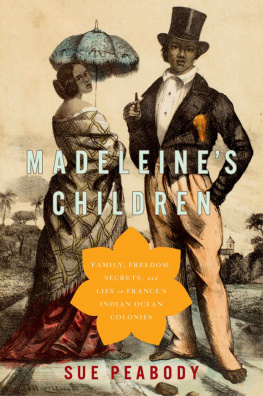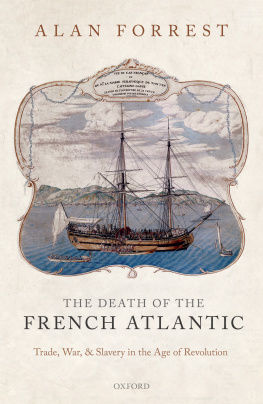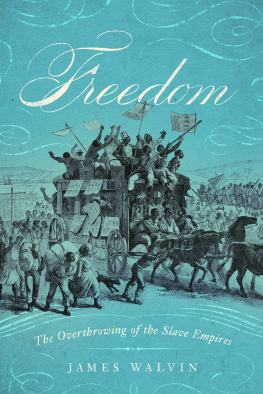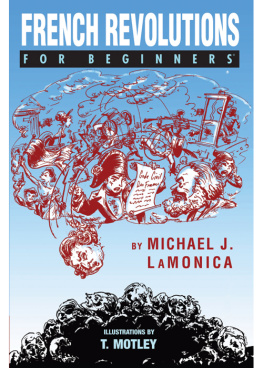Madeleines Children
MADELEINES CHILDREN
Family, Freedom, Secrets, and Lies in Frances Indian Ocean Colonies

SUE PEABODY


Oxford University Press is a department of the University of Oxford. It furthers the Universitys objective of excellence in research, scholarship, and education by publishing worldwide. Oxford is a registered trade mark of Oxford University Press in the UK and certain other countries.
Published in the United States of America by Oxford University Press
198 Madison Avenue, New York, NY 10016, United States of America.
Oxford University Press 2017
All rights reserved. No part of this publication may be reproduced, stored in a retrieval system, or transmitted, in any form or by any means, without the prior permission in writing of Oxford University Press, or as expressly permitted by law, by license, or under terms agreed with the appropriate reproduction rights organization. Inquiries concerning reproduction outside the scope of the above should be sent to the Rights Department, Oxford University Press, at the address above.
You must not circulate this work in any other form and you must impose this same condition on any acquirer.
CIP data is on file at the Library of Congress
ISBN 9780190233884
eISBN 9780190233907
Contents
HISTORIANS HAVE A STRANGE relationship with the truth. We try to tease it out of scraps of paper, landscapes, tombstones, and the stories that were produced at particular moments in the past. Each carries testimony forward from generation to generation, but all are shaped by the embellishments or omissions crafted for a particular audiences needs.
Paper is especially seductive to historians. Imprinted at a unique moment in time, its words remain more or less unchangingconfined to a folder, box, or a register, preserved in an attic, cabinet or archiveuntil discovered or called upon to divulge its story at a later date. We search for these papers, with the assistance of the often tedious and uncelebrated labors of librarians, archivists, and catalogers, and today code programmers and photographers. We interrogate the documents, reading them for what their authors intended for us to know, but also against the grain and between the lines, for what the words unintentionally reveal or what the original writer never realized.
This project has taught me more deeply than I ever realized before how vast is the slippage between written evidence and historical truth. So many things have happened that were never recorded on paper. So many written records bend the truth for posterity.
A BOOK SO MANY years in the writing depends a great deal on the kindness of strangers, friends, and strangers who become friends. From the kernel of an idea to its final realization, it has been both an intellectual and a personal adventure. I am inexpressibly grateful to those who have shared their expertise, their time, and their hard-won documents with me.
My own travel to the archives and the opportunity to present my work was greatly facilitated by numerous institutions and individuals over the course of a decade, and it is a great pleasure to recognize them here. At the beginning, when the book was just a new idea, velyne Combeau-Mari dared to express encouragement and invited me, with the support of Prosper ve, then president of the Association Historique Internationale de lOcan Indien (AHIOI) and Yvan Combeau, director of the the Centre de Recherches sur les Societes de lOcan Indien (CRESOI), to begin my archival research at the Archives dpartementales de La Runion. Subsequent archival research was funded by Washington State University Vancouver, a Washington State University Edward G. Meyer Professorship, and an American Council of Learned Societies Fellowship.
Fellow researchers have been incredibly generous, pointing me toward sources overlooked and sharing photographs or transcriptions of sources that might shed light on the lives of Madeleine and her children and the broader history of Runion, Mauritius, and France. I am deeply indebted to Danna Agmon, Richard B. Allen, Jean-Michel Andr, Annie Blayo, Pierre H. Boulle, Jrmy Boutier, Patrick Boutier, Marina Carter, Adrian Carton, Amitava Chowdhury, Gwyn Campbell, Patrick Drack, Nicholas Draper, Edward Duyker, Gilles Grard, Hubert Gerbeau, Mlanie Lamotte, Nathan Marvin, Chantal Plvert, Lorelle Semley, and Elke E. Stockreiter. Researchers took valuable time away from their own projects to help me fill the gaps at a distance, including John Boonstra, Dwight Carey, Arad Gigi, Miles Hewitt, Mlanie Mezzapesa, Raphael Mezzapesa, Preston Perluss, and Rob Shafer. I especially wish to thank Les Amis du Service Historique de la Dfense Lorient (ASHDL), under the direction of Ren Estienne, for helping me to locate key documents concerning Madeleines early life.
Opportunities to present my work in progress helped to sustain and sharpen my project. These were supported by (in chronological order): Centre dtudes nord-amricaines, cole des Hautes tudes en Sciences Sociales; Gilder Lehrman Center for the Study of Slavery, Resistance and Abolition, Yale University; Association des Historiens de lOcan Indien (AHIOI), Centre de Recherches sur les Socites de lOcan Indien (CRESOI); Universidade Federal do Estado do Rio de Janeiro and Universidade Severino Sombra (Vassouras), Brazil; University of Pittsburgh, Department of History Colloquium; Faculdade de Direito, Universidade Nova de Lisboa; Black Atlantic Seminar of the Robert Penn Warren Center for the Humanities, Vanderbilt University; French Atlantic History Group, McGill University; McNeill Center for Early American Studies, University of Pennsylvania; Obermann Center for Advanced Studies, University of Iowa; Queens University Department of History; Paul E. Beik Memorial Lecture, Swarthmore College; Indian Ocean World Centre, McGill University; Centre dHistoire de lUniversit des Sciences Politiques; Asia Research Centre, Australia Research Council Linkage Grant, Murdoch University, and the Indian Ocean World Centre, Major Collaborative Research Initiative, McGill University; Eurasia in the Modern Period: Towards a New World History and the Institute for Advanced Studies on Asia, Tokyo University; LInstitut dHistoire de la Rvolution Franaise, Universit de Paris ISorbonne; University of California, Berkeley; Le Morne Heritage Trust Fund, the Ministry of Arts and Culture Centre for Research on Slavery and Indenture, University of Mauritius, Le Centre Nelson Mandela pour la Culture Africaine, IMAF; Omohundro Institute; Institut national de recherches archologiques prventives, and the French Colonial Historical Society.
Writing is hard; revision is much more pleasurable, especially thanks to these historians who invited me to attend their workshops or generously took time to read and comment on emerging chapters: Ned Alpers, Gwyn Campbell, Amitava Chowdhury, Jennifer N. Heuer, Mlanie Lamotte, Colette Le Chartier, Nathan Marvin, Joseph C. Miller, Vickram Mugon, Jennifer Palmer, Rebecca Rogers, Dominique Rogers, Brett Rushforth, Rebecca Hartkopf Schloss, Aditi Sen, Alyssa Sepinwall, Jennifer Sessions, Jeyaseela Stephen, Vijaya Teelock, Thomas Vernet, Ccile Vidale, Franois Weil, and Sophie White. Students in my classes enthusiastically dug into each chapter and helped me to see the story from their point of view. Likewise, the camaraderie and insights of the Portland French History Research Group both improved the work and made it a lot more fun: Mary Ashburn Miller (Reed College), Michael Breen (Reed College), Thomas Luckett (Portland State University), Barbara Traver (Washington State University Vancouver), Patricia Goldsworthy Bishop (Western Oregon University), Edward Timke (University of Michigan), Kate Bredeson (Reed College), and John Ott (Portland State University). In the camaraderie department, Id also like to thank my dear friends and colleagues in the Washington State University Libraries, the history and English departments, and the Collective for Social and Environmental Justice for making daily life bearableyou know who you are!









